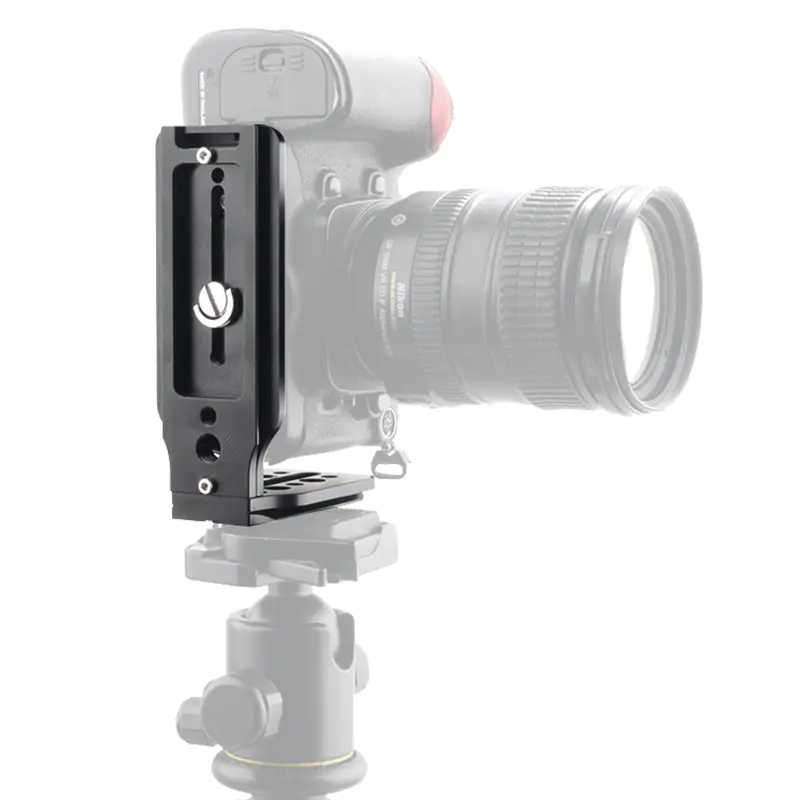

Time:2025-04-16 Views:1

Right - angle quick - release plates are another type of specialized plate that caters to specific mounting and usage requirements. As the name implies, these plates have a right - angled structure, which offers distinct benefits.
The right - angle design of these plates is particularly useful in applications where a change in the orientation of the mounted device is necessary. In filmmaking, for example, when using a gimbal stabilizer, the right - angle quick - release plate can be used to attach the camera in a way that allows for easy switching between horizontal and vertical shooting modes. This is crucial for capturing different types of shots, such as wide - angle landscape views and tall building facades. The right - angle plate enables a more compact and stable setup, as it can be adjusted to fit the contours of the gimbal and the camera, reducing the overall size of the rig and improving its balance.
Right - angle quick - release plates also offer enhanced security in certain situations. The right - angled connection can provide a more secure attachment compared to a flat - on connection. The plate's design often incorporates locking mechanisms that engage with the mounting base at multiple points, ensuring that the camera or other equipment remains firmly in place even during rigorous movement. In action sports photography, where the camera may be subject to jolts and vibrations, the right - angle quick - release plate can keep the camera securely attached to the helmet - mounted or body - mounted rigs.
These plates are also designed with ease of use in mind. The quick - release mechanism is typically straightforward, allowing for rapid attachment and detachment. A simple lever - based system can be used to lock and unlock the plate, enabling photographers and videographers to quickly change their equipment setups. In addition, right - angle quick - release plates are often made from durable materials such as aluminum alloy or carbon fiber. These materials offer a good balance between strength and weight, making the plates lightweight enough to carry around but strong enough to withstand the demands of professional use. They can also be anodized or coated to improve their corrosion resistance, ensuring a long service life in various environmental conditions.
Read recommendations: